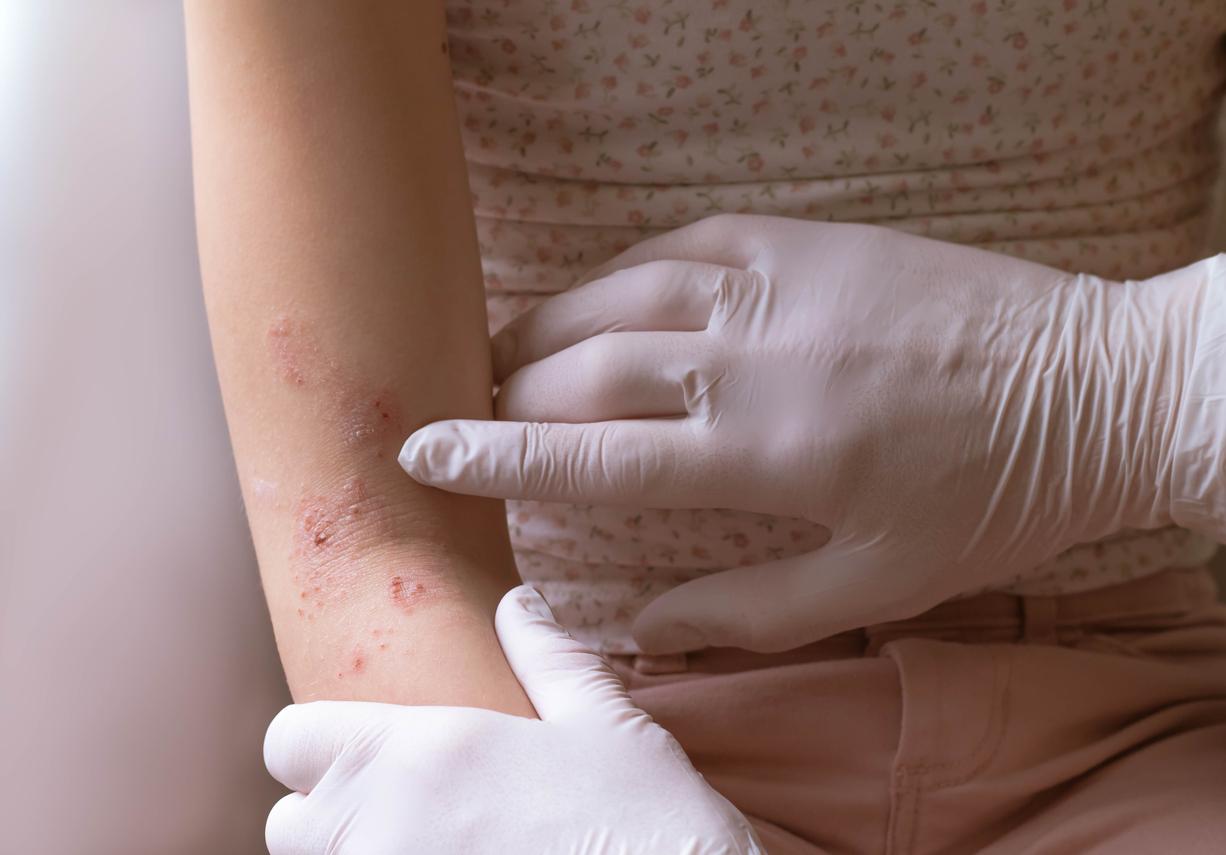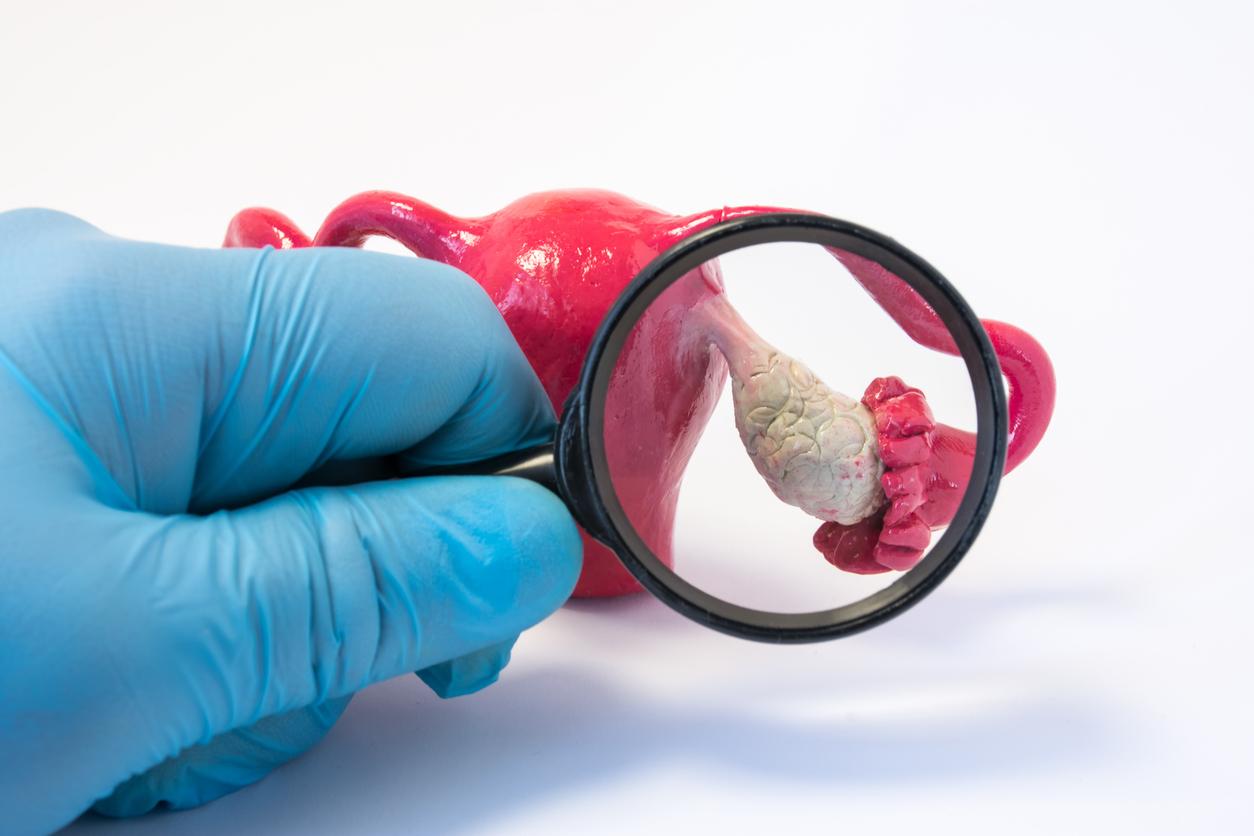It’s not easy to find a substitute for parabens in cosmetic products. The most recent, methylisothiazolinone (MIT), widely used by the cosmetics industry to replace parabens, has just been pinned down by the French Dermatology Society, which accuses it of causing an increasing number of irritations and eczema. .
Present in many cosmetic products that we use on a daily basis (baby wipes, soaps, shampoos) as well as in household products, methylisothiazolinone is a molecule that manufacturers have taken out of their test tubes but which turns out to be less harmless than they are hoped so. “We are seeing more and more frequent reactions to this new preservative, in particular contact eczemas,” said Dr Brigitte Roy-Geffroy, executive director of the French dermatology society, which itself was alerted by the dermato-allergology vigilance network.
Read also: Contact allergies: wipes and bodies under surveillance
As the National Agency for Medicines and Health Products Safety (Ansm) reminds us: “There is no prior marketing authorization for cosmetic products. It is the responsibility of manufacturers to ensure that their products meet legislative, regulatory and health-free requirements ”. Of course, product tests are carried out only by a panel of people who volunteer. But the latter do not necessarily develop an allergy. Also, when the product is put on the market, it is the services of Ansm cosmeto-vigilance or the French Dermatology Society which collects reports of possible adverse effects.
In the case of methylisothiazolinone, the reported cases of allergies have exploded for two years … that is to say since the death of parabens. These allergy cases relate mainly to eczema of the face or hands, as well as seat eczema in children (due to the use of cleaning wipes). It is also the wipes that allergists mainly have in their sights because, unlike soaps and shampoos, users do not rinse the product after using it. It therefore stays in contact with the skin longer. Manufacturers will therefore have to get back to work and find a new and more harmless substitute. to parabens.


















